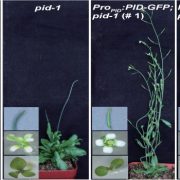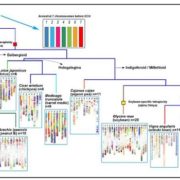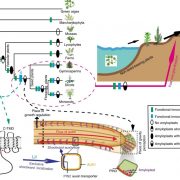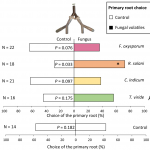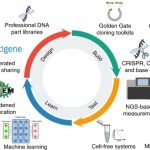Review: Gemma cup and gemma development in Marchantia polymorpha (New Phytol.)
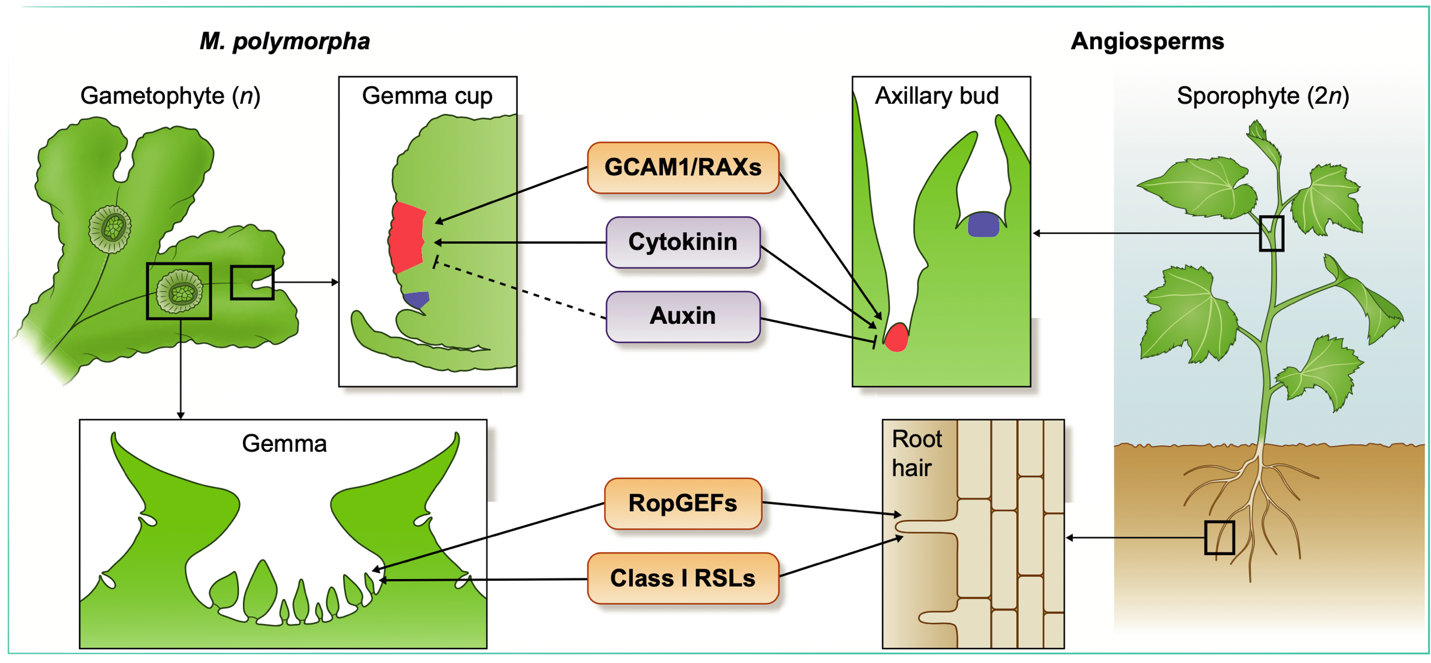
Plants have the astounding capacity to generate new plants derived from specialized organs (i.e., roots, leaves, and stems). This capacity, known as vegetative propagation, is used by horticulturists and farmers to propagate clonal varieties. This form of reproduction is fueled by the ability to regenerate and proliferate meristems from differentiated tissue. The liverwort model Marchantia polymorpha is a suitable candidate in which to study natural vegetative propagation given its low genetic redundancy and its capacity to reproduce asexually through gemmae, which are clonal propagules that contain two apical meristems and that develop inside specialized cup-shaped receptacles (gemmae cups). A recent review by Kato et al. summarizes known regulators involved in gemmae and gemmae cup development, and specially focuses on shared regulatory elements in Marchantia and angiosperms that control the formation of meristems from differentiated tissues. Examples include GEMMA CUP-ASSOCIATED MYB1 (GCAM1) and ROOT-HAIR DEFECTIVE SIX-LIKE (RSL1), transcription factors required for gemmae cup initiation and gemmae development, respectively. Both are conserved in angiosperms and regulate analogous processes; examples include the GCAM1 homologues Arabidopsis REGULATOR OF AXILLARY MERISTEM and Solanum lycopersicum Blind, and the RSLs, which are key regulators of root hair development in angiosperms and rhizoids in Physcomitrella patens. This review highlights that although gemmae and gemmae cups are specific to some Marchantia species, their development is controlled by regulatory modules present in other plant lineages. Thus, research into what controls gemmae and gemmae cup development could reveal central regulatory modules underlying organogenesis in land plants. (Summary by Jesus Leon @jesussaur) New Phytol. 10.1111/nph.16655




